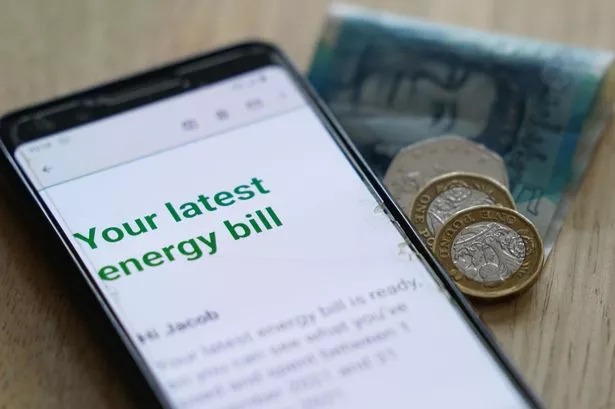Millions of households across the UK are missing out on potential savings because they remain loyal to their default energy supplier. Campaigners warn that this so-called “loyalty penalty” means families who fail to switch regularly may end up paying some of the highest rates on the market — at a time when bills are already stretched by record standing charges.
Why loyalty is costing households more
Research shows that many customers still believe sticking with one supplier brings rewards. In reality, those who do not compare energy prices often end up on standard variable tariffs, which are among the most expensive. These tariffs are set against Ofgem’s energy price cap but still expose households to the risk of rising wholesale costs.
Suppliers rarely offer their most competitive deals to existing customers. Instead, they direct their cheapest tariffs towards new sign-ups to win market share. This means that loyal customers, particularly those who do not check the market for alternatives, may be paying hundreds of pounds more each year than households who switch.
The Competition and Markets Authority has previously warned of this pattern in other industries such as broadband and insurance. In energy, where bills are one of the largest household costs, the loyalty penalty can have an even bigger impact on stretched budgets.
The burden of standing charges
On top of higher unit rates, UK households must also contend with standing charges — the fixed daily fees added to every bill, regardless of how much gas or electricity is used. From October, these will average around £196 for electricity and £124 for gas annually.
Critics argue that this system penalises low-use households, such as pensioners, small flats, or single-person homes. For these groups, standing charges can make up the bulk of the annual bill even if their energy consumption is modest. Because these charges apply equally to everyone, those least able to pay often shoulder the heaviest burden in proportion to their usage.
The link to the loyalty penalty is clear: customers who remain with the same supplier and do not switch are often paying both higher unit rates and unavoidable daily charges. This double hit leaves loyal households worse off than those who shop around for a cheaper deal.
Why switching matters more than ever
The good news is that switching is still one of the most effective ways to cut costs. By taking a few minutes to compare gas prices, households can see which suppliers are offering lower daily charges or more affordable fixed rates. Many providers now promote tariffs that balance unit costs with standing charges differently, so a tailored check is the only way to find the most cost-effective option.
For households where electricity makes up a larger share of energy use — for example, those with electric heating, heat pumps, or electric vehicles — it is equally important to compare electricity prices regularly. Electricity costs have been rising faster than gas in many regions, and time-of-use tariffs mean households could be paying more during peak periods without realising it.
Experts point out that even modest differences in tariff rates can add up to significant savings over a year. A household that cuts just 3p per kWh on electricity could save well over £100 annually, before even factoring in variations in standing charges.
Postcode pricing and hidden penalties
Another overlooked issue is regional inequality in energy pricing. Costs are not uniform across the UK and can vary considerably depending on postcode. These differences arise from network costs, supplier competition, and regional demand.
This means that two households using the same amount of energy may pay very different bills simply because of where they live. Customers who fail to switch are often hit twice: once by being on their supplier’s default tariff, and again by paying higher regional charges that could be mitigated by moving to a different provider.
The debt warning
Ofgem figures reveal that household energy debt in the UK has now reached £4.4bn, the highest on record. More than one million families are in arrears without any repayment plan in place. Analysts warn that for many, failing to switch to a cheaper tariff could mean slipping further into debt this winter.
With energy costs expected to remain volatile into 2026, households that take no action are at risk of being trapped in long-term debt cycles, especially if wholesale prices rise again.
The key message for households
Consumer groups agree that reforms to standing charges may take years to arrive. Proposals are being discussed, but even if new rules are announced in the Autumn Budget, changes may not take effect until 2026. That means the immediate burden remains on households this winter.
The message is clear: don’t wait for government reforms or trust supplier loyalty to deliver savings. Standing charges will continue to weigh heavily, but the fastest and most effective way to reduce bills is still to shop around. By using trusted tools to compare energy prices, households can cut costs, find fairer tariffs, and avoid paying the hidden penalty of staying loyal to one supplier.


